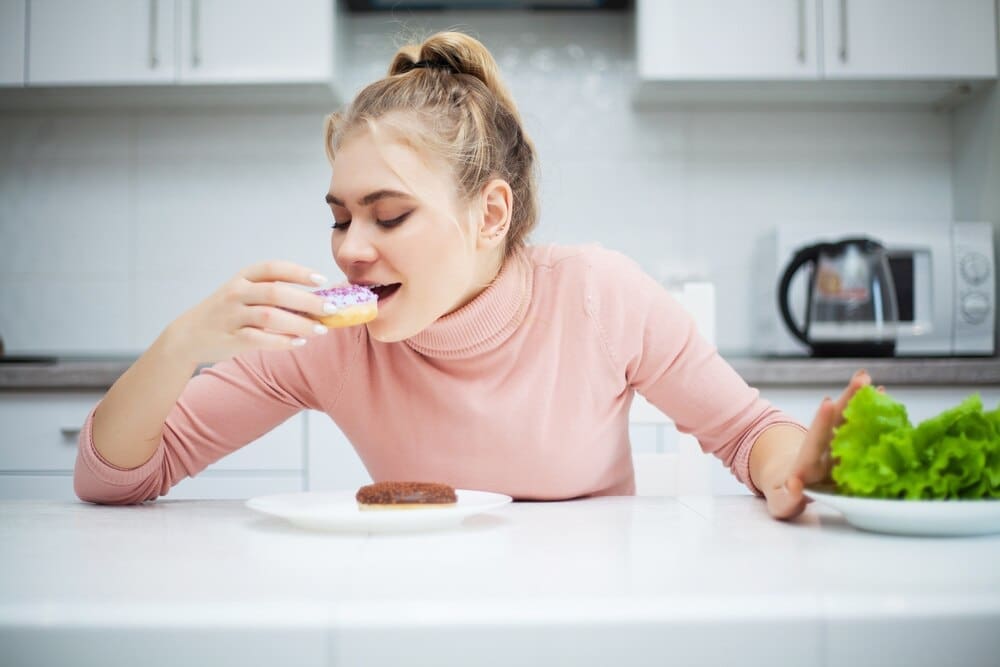For the millions of children and adults living with Attention-Deficit/Hyperactivity Disorder (ADHD), managing symptoms of inattention, hyperactivity, and impulsivity is a daily challenge. While medication and behavioral therapy remain the cornerstone of effective treatment, a growing body of scientific evidence reveals that nutrition can play a significant and supportive role. By focusing on a diet rich in specific brain-boosting nutrients and limiting foods that can exacerbate symptoms, individuals and families can leverage what’s on their plate as a powerful, complementary tool to help regulate focus, mood, and behavior.
This approach isn’t about finding a “miracle food” or a cure, but rather understanding the intricate connection between the gut, the brain, and the specific nutritional needs of a person with ADHD. The goal is to create a stable internal environment that allows primary treatments to work more effectively and helps individuals feel more in control. For parents and adults alike, adopting an ADHD-friendly eating plan is an empowering step toward a holistic management strategy.
Understanding the Brain-Diet Connection in ADHD
ADHD is a neurodevelopmental disorder characterized by differences in brain structure and chemistry, particularly in areas responsible for executive functions like attention and self-regulation. Key neurotransmitters, the chemical messengers of the brain, such as dopamine and norepinephrine, are often dysregulated in individuals with ADHD. Standard stimulant medications work by increasing the availability of these very chemicals.
Nutrition enters this equation because the brain doesn’t create these crucial neurotransmitters out of thin air. It requires specific building blocks—amino acids, vitamins, and minerals—that come directly from the food we eat. A diet lacking in these essential components can, therefore, hinder the brain’s ability to produce the chemicals it needs to function optimally, potentially worsening ADHD symptoms.
Furthermore, the concept of the “gut-brain axis” is central to this discussion. The gut is often called the “second brain” because it contains a vast network of neurons and is in constant communication with the brain. An unhealthy gut microbiome or diet-induced inflammation can send stress signals to the brain, impacting mood, cognition, and behavior.
Key Nutrients for Managing ADHD Symptoms
While a universally “perfect” ADHD diet doesn’t exist, research consistently points to several nutrients that are particularly beneficial. Focusing on incorporating these into a balanced diet of whole foods is the most effective strategy.
Omega-3 Fatty Acids
Perhaps the most studied nutrient for ADHD, omega-3 fatty acids—especially EPA and DHA—are critical for brain health. They are a primary component of brain cell membranes, facilitating communication between neurons. Studies have shown that individuals with ADHD often have lower blood levels of omega-3s, and supplementation has been linked to modest but significant improvements in attention, hyperactivity, and overall cognitive function.
To boost intake, prioritize fatty fish like salmon, mackerel, and sardines. Plant-based sources include walnuts, chia seeds, and flaxseeds, though the body is less efficient at converting these into the usable forms of EPA and DHA.
Iron
Iron is essential for producing dopamine. Consequently, low iron levels, even if not low enough to be classified as anemia, can mimic ADHD symptoms, causing fatigue, irritability, and “brain fog.” This is especially common in children, menstruating adolescents, and women.
A simple blood test can check for iron and ferritin (the body’s stored iron) levels. If levels are low, focus on iron-rich foods like lean red meat, poultry, beans, lentils, and fortified cereals. Pairing these with a source of Vitamin C, like citrus fruits or bell peppers, can dramatically increase iron absorption.
Zinc
Zinc is another mineral that plays a vital role in neurotransmitter function, helping to regulate dopamine and improve the brain’s response to it. Some research suggests that zinc supplementation can help reduce hyperactivity and impulsivity, particularly when used alongside traditional ADHD medication, potentially allowing for lower doses.
Excellent sources of zinc include oysters, beef, chicken, pumpkin seeds, and cashews. Like iron, zinc deficiency is not uncommon, and it’s worth discussing with a doctor if you suspect it’s an issue.
Magnesium
Known for its calming effect on the nervous system, magnesium is crucial for sleep and relaxation. Many individuals with ADHD struggle with restlessness and sleep disturbances, which in turn worsen daytime symptoms. Magnesium has been shown to help reduce anxiety, irritability, and hyperactivity.
Incorporate magnesium-rich foods such as leafy greens (spinach, Swiss chard), almonds, avocados, bananas, and dark chocolate into your daily diet. An Epsom salt bath before bed is another way to absorb magnesium and promote restful sleep.
Foods and Additives to Approach with Caution
Just as some foods can help, others can hinder. The goal is not strict avoidance but mindful reduction, as these items can destabilize the very systems you’re trying to support.
Sugar and Refined Carbohydrates
A breakfast of sugary cereal or a snack of cookies causes a rapid spike in blood sugar, followed by a sharp crash. This rollercoaster effect wreaks havoc on focus and mood, often leading to irritability, lethargy, and a renewed inability to concentrate. For someone with ADHD, whose regulation systems are already challenged, these swings are particularly disruptive.
Instead, opt for complex carbohydrates that provide a slow, steady release of energy. These include whole grains like oats and brown rice, legumes, and starchy vegetables. Always pair carbohydrates with a source of protein or healthy fat to further stabilize blood sugar levels.
Artificial Colors and Preservatives
The link between artificial food additives and hyperactivity has been debated since the 1970s with the introduction of the Feingold Diet. While not all individuals with ADHD are sensitive, a significant subset appears to be. Research, including landmark studies funded by the U.K.’s Food Standards Agency, has found that certain artificial colors and the preservative sodium benzoate can increase hyperactivity in some children.
If you suspect a sensitivity, the best approach is a carefully monitored elimination diet, ideally under the guidance of a doctor or registered dietitian. This involves removing suspect foods for a few weeks and then reintroducing them one by one to observe any changes in behavior. Reading food labels is key to identifying and avoiding these additives.
Practical Strategies for an ADHD-Friendly Diet
Knowing what to eat is one thing; implementing it is another. These practical tips can help make the transition smoother.
Prioritize a Protein-Packed Breakfast
Starting the day with a protein-rich meal is perhaps the single most impactful dietary change you can make. Protein helps build neurotransmitters and stabilizes blood sugar for hours. This promotes sustained focus and prevents a mid-morning slump. Swap sugary cereals for eggs, Greek yogurt, or a smoothie with protein powder.
Plan and Prepare
Impulsivity can extend to food choices. When hunger strikes, it’s easy to reach for convenient, processed options. Combat this by planning meals and snacks for the week. Pre-chopping vegetables, cooking grains in batches, and having healthy snacks like nuts or hard-boiled eggs readily available can make a huge difference.
Stay Hydrated
The brain is mostly water, and even mild dehydration can impair cognitive function, focus, and memory. Ensure consistent water intake throughout the day. A reusable water bottle can serve as a constant visual reminder.
A Supportive Strategy, Not a Standalone Cure
It is absolutely critical to understand that dietary intervention is a complementary therapy. It is not a substitute for evidence-based treatments like medication and behavioral therapy, which have decades of robust research supporting their efficacy. The goal of nutrition is to optimize brain function so that these primary treatments can work their best.
Before making significant dietary changes or starting any supplements, always consult with your or your child’s physician, psychiatrist, or a registered dietitian. They can order necessary blood work, ensure the plan is nutritionally complete, and help you integrate it safely with your existing treatment regimen.
A Holistic Path Forward
Managing ADHD is a multifaceted journey, and nutrition offers a tangible, empowering way to participate actively in that process. By focusing on a diet of whole foods rich in omega-3s, iron, zinc, and magnesium, while minimizing sugar and artificial additives, you can create a foundation of neurological stability. This thoughtful approach to eating helps support the brain’s health, smooth out mood and energy fluctuations, and ultimately enhance the overall effectiveness of a comprehensive ADHD treatment plan.














